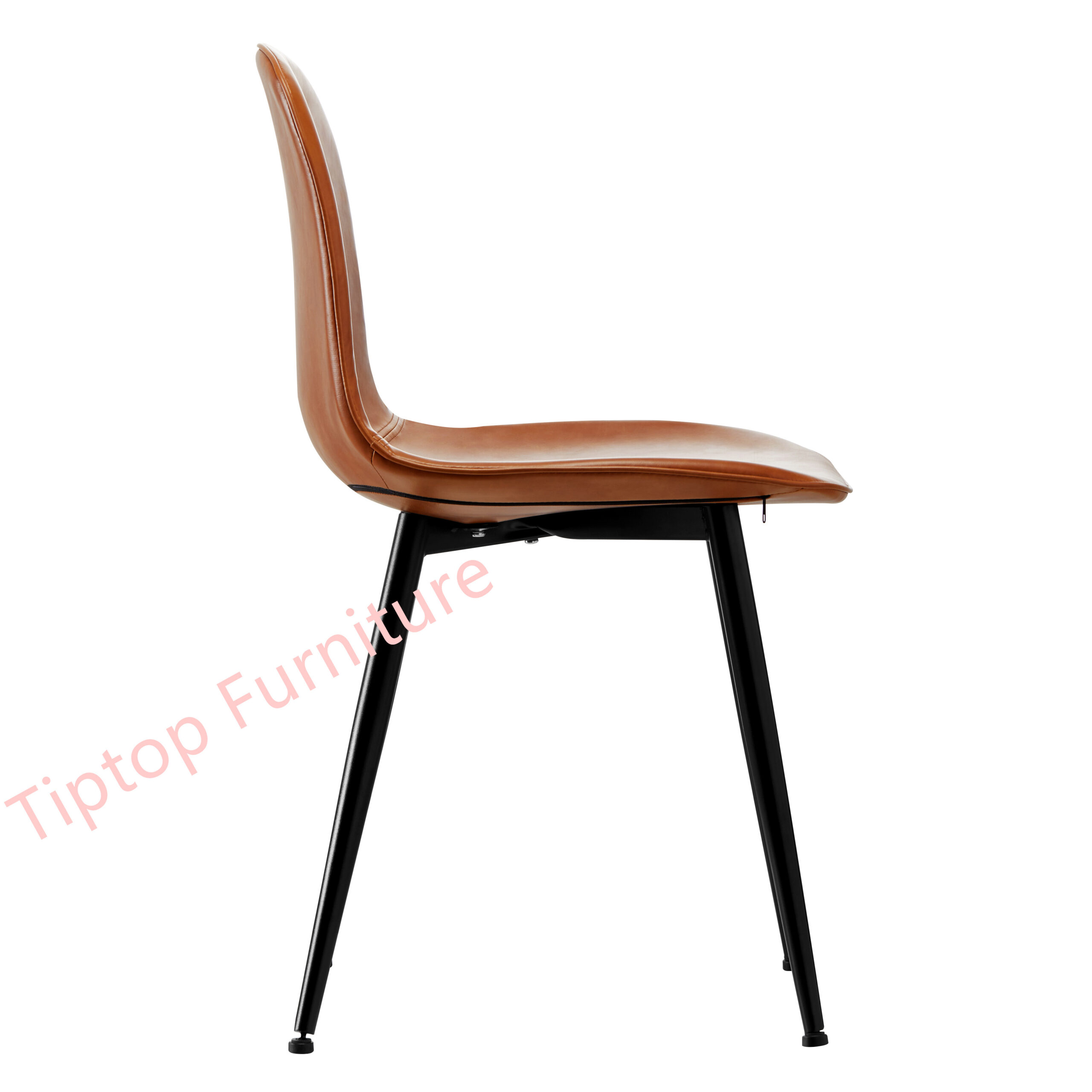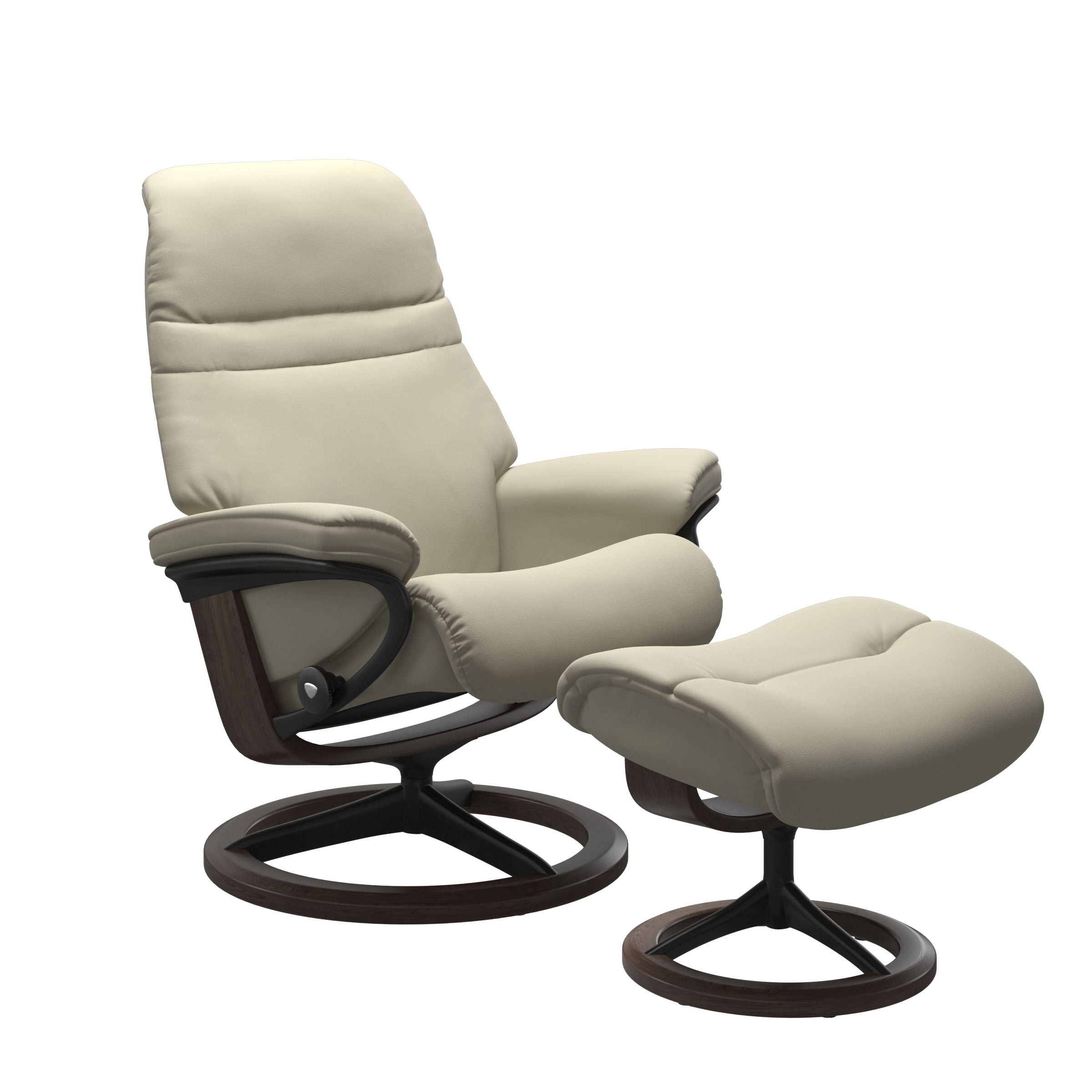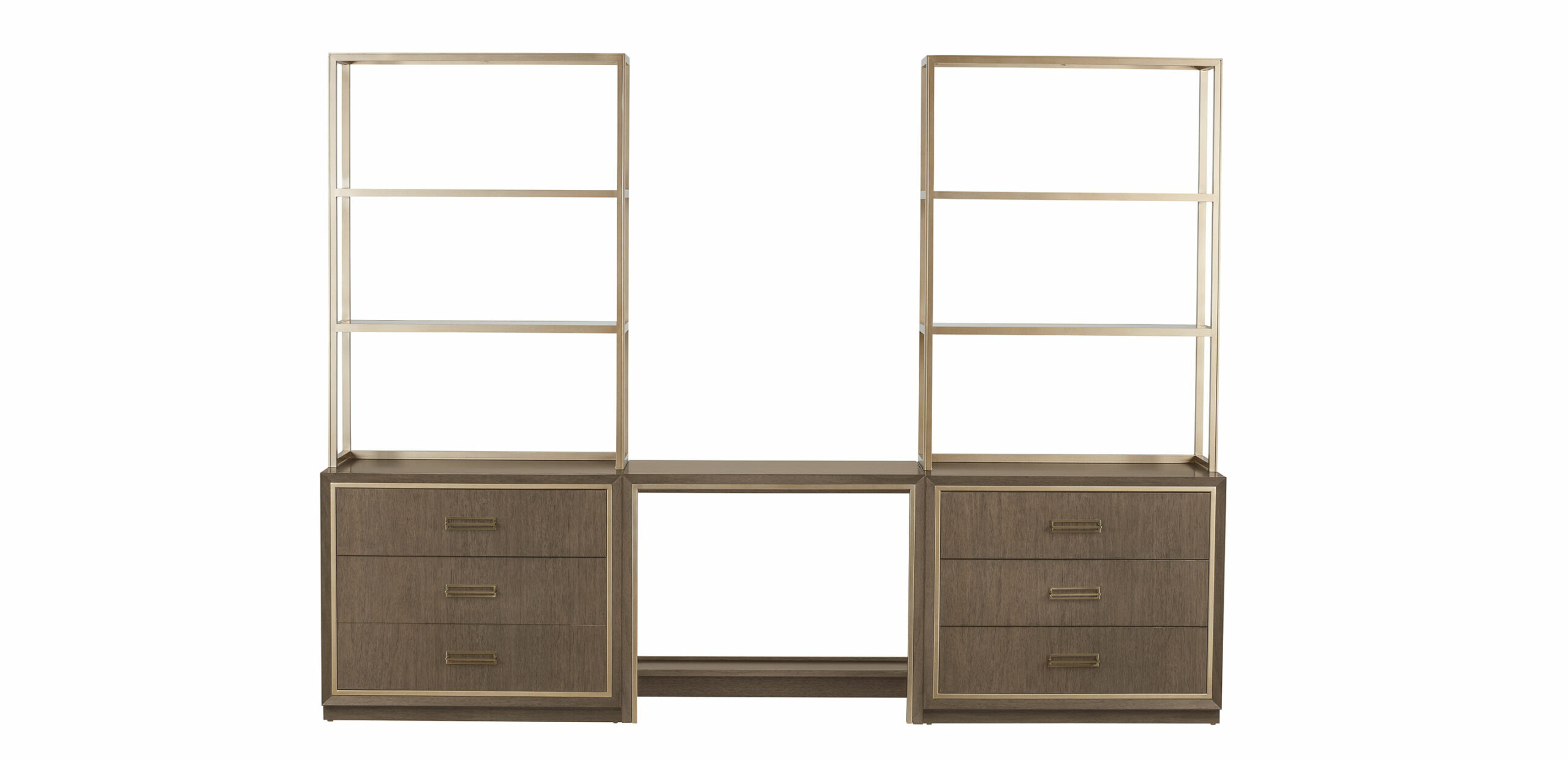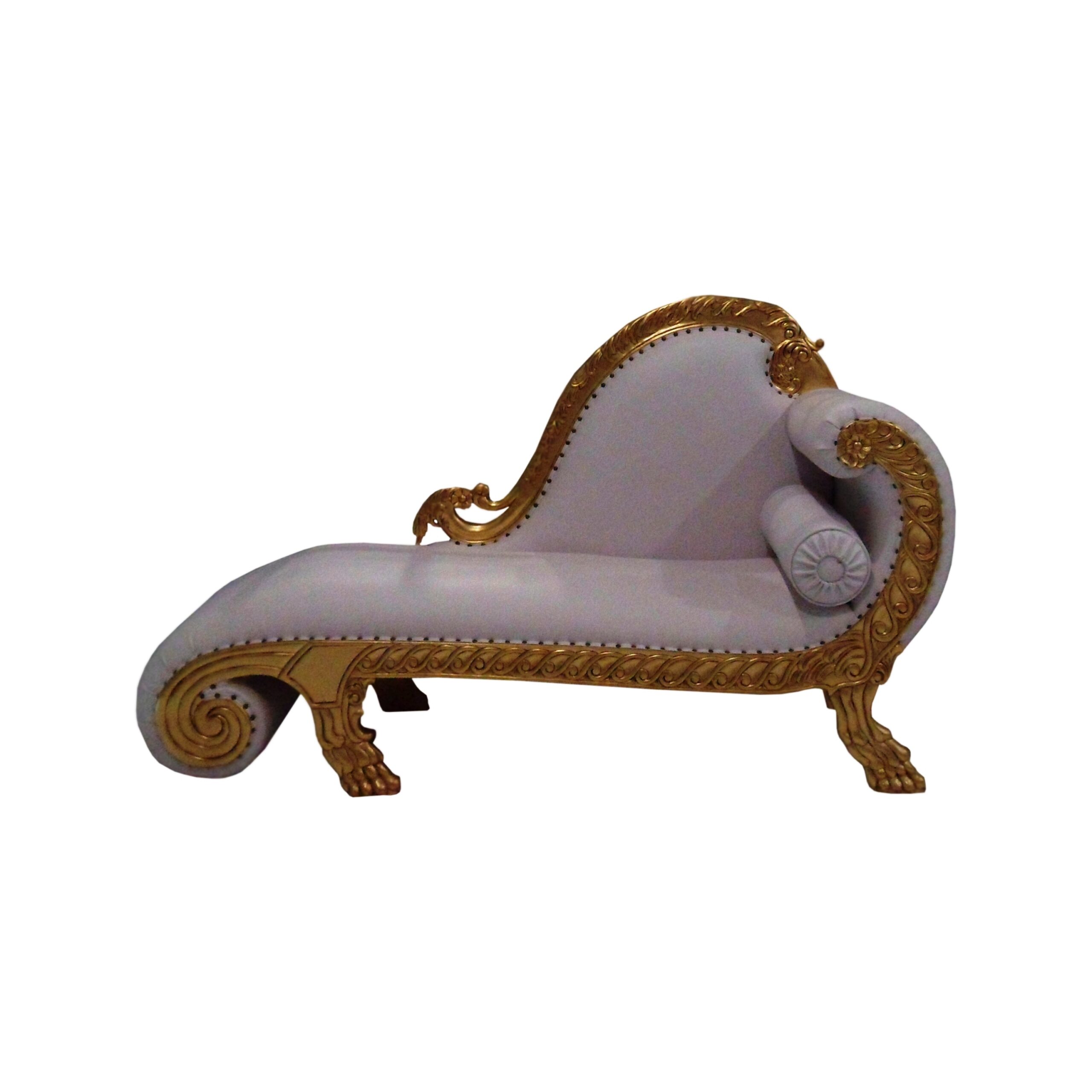Classic furniture design has long been a symbol of sophistication, elegance, and timeless beauty. With its intricate details, high-quality materials, and enduring appeal, classic furniture can transform any space into a luxurious haven. In this article, we will explore the world of classic furniture design, delving into its history, styles, and the key elements that make it so captivating. So, whether you’re a seasoned interior designer or simply looking to elevate your home, read on to discover the secrets behind this enduring design trend.
A Brief History of Classical Interior Design
Classical interior design has its roots in the ancient civilizations of Greece and Rome, where grandiose structures and opulent furnishings were the norm. Over the centuries, this design style has evolved and adapted, incorporating elements from various cultures and time periods. Today, classical interior design is characterized by its symmetry, balance, and harmony, with a focus on rich materials, intricate detailing, and timeless elegance.
Throughout history, various design movements have contributed to the development of classic furniture design. From the ornate Baroque and Rococo styles of the 17th and 18th centuries to the more restrained Neoclassical and Empire styles that followed, each era has left its mark on the world of classic furniture design. Today, these influences can be seen in the wide range of classic furniture styles available, from traditional European designs to more contemporary interpretations.

Classic Penthouse: The Epitome of Luxury Living
A classic penthouse is the ultimate expression of luxury living, combining the elegance of classic furniture design with the modern conveniences of a high-end apartment. With their spacious layouts, breathtaking views, and opulent interiors, classic penthouses are the epitome of sophistication and style. Key elements of a classic penthouse include high ceilings, large windows, and grand architectural features, all of which serve to create a sense of grandeur and refinement.

When it comes to furnishing a classic penthouse, the focus is on quality and craftsmanship. Classic Italian wood furniture, with its intricate carvings and rich finishes, is a popular choice for creating a luxurious and timeless aesthetic. Other design classics, such as Chesterfield sofas and Chippendale chairs, can also be used to add a touch of elegance and sophistication to a classic penthouse interior.

Design Classic Furniture: Key Elements and Styles
Design classic furniture is characterized by its timeless appeal, high-quality materials, and meticulous craftsmanship. There are several key elements that define classic furniture design, including:

- Proportion and balance: Classic furniture is known for its harmonious proportions and symmetrical arrangements, creating a sense of order and balance within a space.
- Ornamentation: Intricate carvings, inlays, and embellishments are a hallmark of classic furniture design, adding a touch of opulence and sophistication to each piece.
- High-quality materials: Classic furniture is typically crafted from the finest materials, such as solid wood, marble, and brass, ensuring durability and longevity.
- Timeless appeal: Classic furniture designs have stood the test of time, remaining popular and relevant throughout the centuries.
There are several classic furniture styles that have become synonymous with design excellence, including:

- Baroque: Characterized by its ornate detailing, curved lines, and gilded finishes, Baroque furniture is the epitome of opulence and grandeur.
- Rococo: A more whimsical and playful take on the Baroque style, Rococo furniture features delicate carvings, pastel colors, and asymmetrical designs.
- Neoclassical: Inspired by the ancient civilizations of Greece and Rome, Neoclassical furniture is characterized by its clean lines, geometric shapes, and restrained ornamentation.
- Empire: A more austere and masculine style, Empire furniture is known for its bold lines, dark finishes, and military-inspired motifs.
Classical Furniture: How to Incorporate It into Your Home
Incorporating classical furniture into your home can be a daunting task, especially if you’re unsure where to begin. Here are some tips to help you seamlessly integrate classic furniture design into your space:

- Choose timeless pieces: Opt for classic furniture designs that have stood the test of time, such as a Chesterfield sofa or a Chippendale dining table. These pieces will not only add a touch of elegance to your space but will also serve as a wise investment.
- Mix and match styles: Don’t be afraid to mix classic furniture with more contemporary pieces. This can create a unique and eclectic look that showcases your personal style.
- Focus on quality: When selecting classic furniture, prioritize quality and craftsmanship over trends and fads. High-quality pieces will not only last longer but will also retain their value over time.
- Accessorize with purpose: Use accessories, such as decorative pillows, artwork, and lighting, to enhance and complement your classic furniture pieces.
Classic furniture design is a testament to the enduring appeal of timeless elegance and sophistication. With its rich history, diverse styles, and unparalleled craftsmanship, classic furniture can elevate any space, from a grand penthouse to a cozy family home. By understanding the key elements of classic furniture design and incorporating them into your own space, you can create a luxurious and inviting environment that will stand the test of time.

